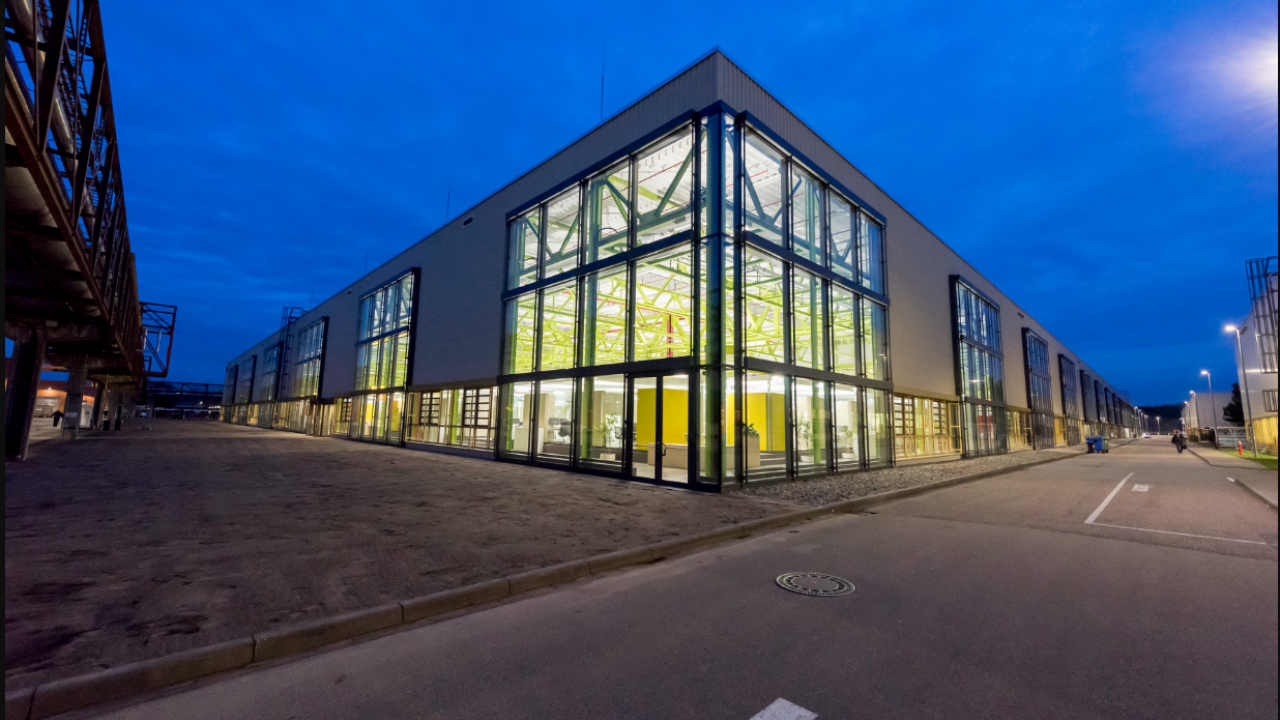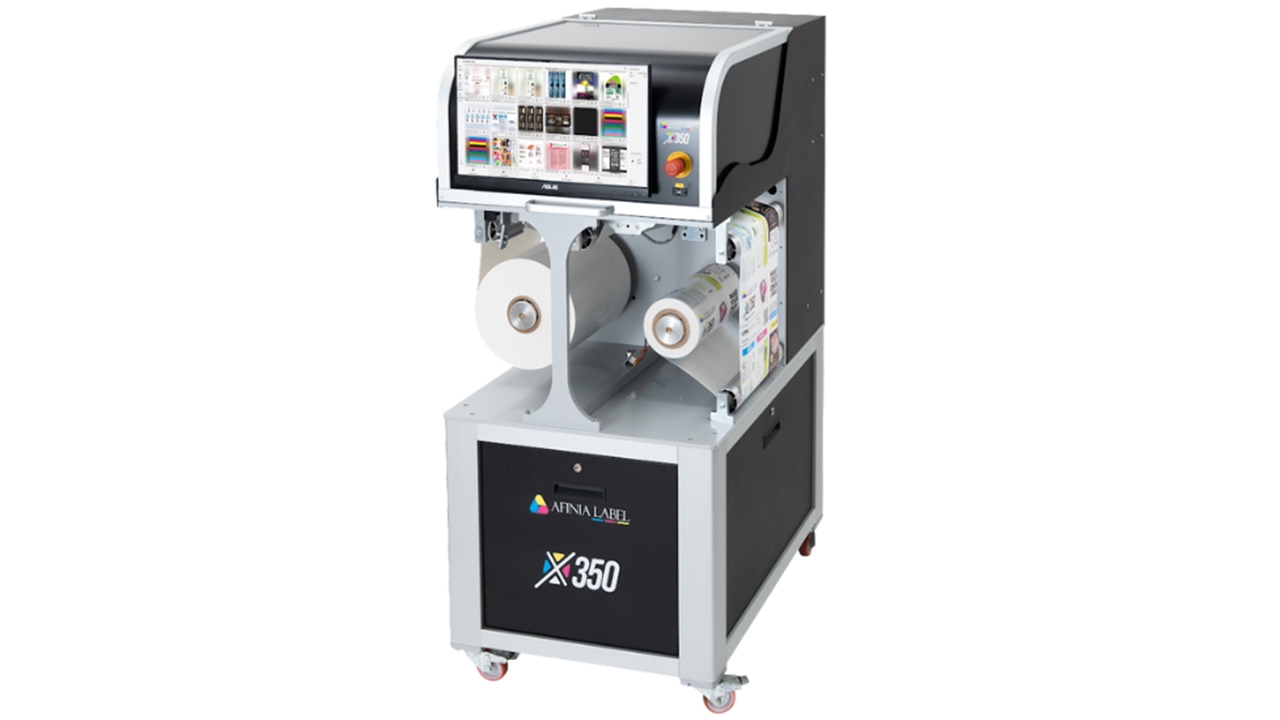Heidelberg opens new Innovation Center
Heidelberg has opened a new Innovation Center for the graphic arts industry at its Wiesloch-Walldorf site in Germany.

At the new Innovation Center, Heidelberg is looking to accelerate the digital transformation at print shops and its own company. A former production hall has been converted to make room for the center.
Stephan Plenz, member of the Heidelberg management board and responsible for digital technology, said: ‘The digitalization of the graphic arts industry is progressing at top speed and we are actively driving this process with our “Heidelberg goes Digital” strategy, so our new Innovation Center plays a key role in safeguarding the future of Heidelberg and the entire industry in a number of ways.
‘Our technology leadership is continuing to grow thanks to the unrivaled expertise of the center’s highly skilled workforce of around 1,000. The Innovation Center’s proximity to our production operations also encourages an agile, multidisciplinary development process. It is the new hub of our company and the future high-tech campus we are gradually creating at our Wiesloch-Walldorf site.’
Heidelberg spends about five percent of sales, currently around 135 million EUR ($153 million), on development activities. The numerous development projects focus on expanding the industrial digital printing portfolio and, in the area of offset printing, on further developing ‘Push to Stop’ technology for autonomous printing that only requires human intervention in processes if the system is unable to deal with these itself.
In addition, various teams of developers are working on the ‘Smart Print Shop’ concept, where all print shop processes are digitalized.
On the further expansion of digital business models such as Heidelberg Subscription under which customers are increasingly paying for the benefits a system offers them,
Frank Kropp, head of research and development at Heidelberg, said: ‘Our customers are channeling all their energy into digitalization, including the possibilities for producing customized digital printing applications in the three traditional areas of commercial, packaging and label printing on an industrial scale that optimizes costs. The digitalization of all value-adding processes also opens the way for new business models and enhanced overall efficiency to maintain and improve competitiveness.’
Kropp continued: ‘To keep up with the dynamic pace of change in an increasingly digitized world, Heidelberg is making increasing use of agile working methods such as Scrum. This enables development teams to respond quickly and flexibly to the increasing, changing demands of the digital world and incorporate new market findings into the development process at an early stage. Products reach market maturity faster and can then be further optimized for specific market segments in collaboration with customers.’
Heidelberg has also designed its development process to ensure openness. This means customers, suppliers, partner companies, and employees can be integrated into the process as and when required. It also helps with cost efficiency and effectiveness in the customer benefits context.
The new Innovation Center serves as the headquarters of a European development network operated by Heidelberg that also includes sites in Kiel, Ludwigsburg and Weiden, all in Germany, and St. Gallen, Switzerland. The network as a whole pools the talents of close to 1,000 developers working in the fields of printing technology (including pre-press and post-press), control and drive systems, software (including operator interfaces), and consumables (with the focus on developing inks for digital printing). They combine traditional mechanical engineering expertise with key skills relating to digitalization, image processing, electronics and software development, process engineering and chemistry.
Plenz concluded: ‘It’s the knowledge and commitment of our employees that ultimately make all the difference and ensure Heidelberg is successful. The new Innovation Center provides them with an environment and atmosphere they enjoy working in, enables creativity to thrive, and serves as a model for future work practices at Heidelberg as a whole.’
Stay up to date
Subscribe to the free Label News newsletter and receive the latest content every week. We'll never share your email address.

